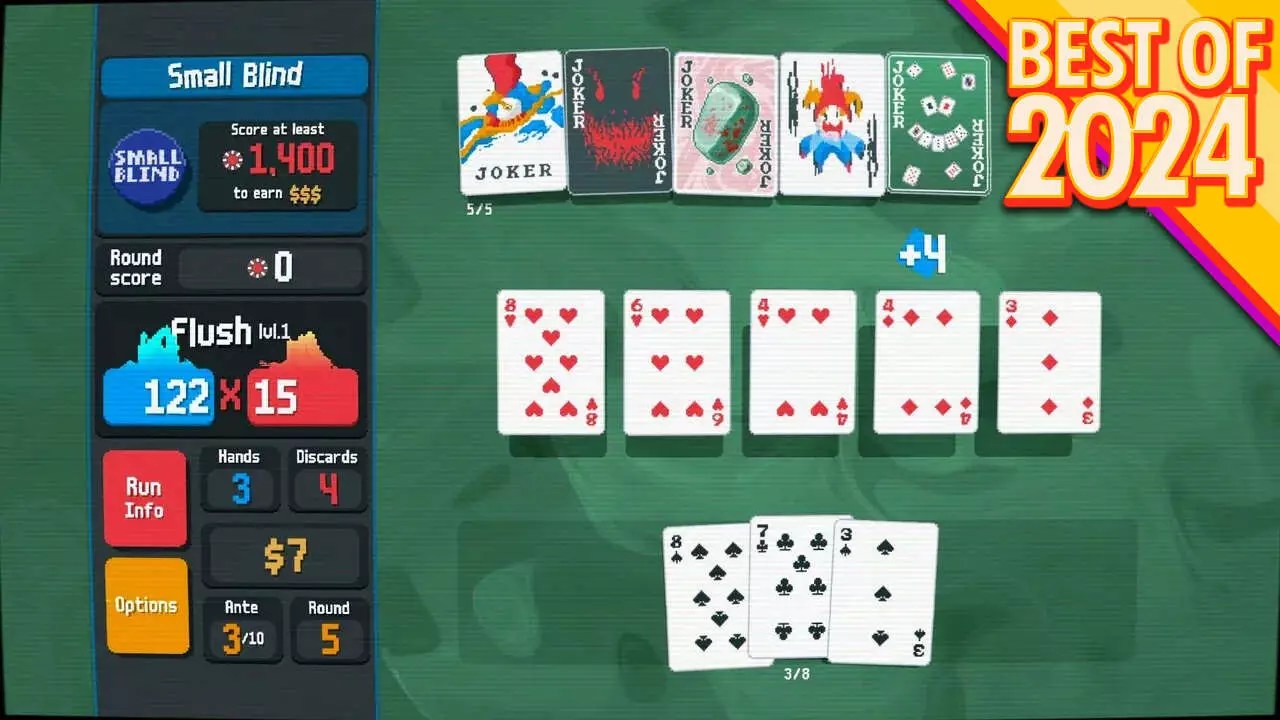The allure of card games has seeped into modern culture like an invigorating breeze, with enthusiasts and newcomers alike picking up decks with renewed enthusiasm. My own experience is no exception; mornings have transformed into a ritual where I find myself scanning through Pokémon card packs on my mobile device, drawn into the excitement of building a vibrant digital collection. Over the last month, I’ve become intimately acquainted with Pokémon TCG Pocket, an engaging adaptation of the beloved tabletop card game. The thrill of uncovering rare cards fuels my mornings and connects me with friends, as we share our discoveries through vibrant group chats and social media snapshots of our prized pulls.
This fascination isn’t confined to the Pokémon universe. The rise of card games has permeated various platforms, captivating a diverse audience. Titles like Balatro and Final Fantasy’s Queen’s Blood have emerged to capture the hearts of gamers, illustrating the significance of card-based gameplay in contemporary entertainment. It’s fascinating to witness how traditional card games are seamlessly integrated into modern gaming ecosystems, creating an addictive blend that evokes nostalgia while also appealing to today’s rapid-fire gaming habits.
One promise behind the success of these card games lies in their inherent simplicity amidst complex mechanics. Balatro, with its streamlined fusion of Solitaire and Poker, exemplifies this perfectly. The game feels both comforting and enthusiastic, asking players to craft winning hands while navigating whimsical challenges. It’s a charming paradox; despite layers of strategy and unique twists that emerge through game-altering mechanics, one can still casually engage with it—playing mindlessly through rounds during a layover at the airport, for example.
Similar sentiments arise when engaging with Pokémon TCG Pocket, which features an auto-battle function—ideal for those who revel in the joy of collecting rather than the tactical aspect. While some games, like Magic: The Gathering, possess a level of complexity that demands deep comprehension, they also offer a reprieve from the overwhelming sequences often found in more intensive role-playing games. With the growing demand for such casual yet engaging experiences, it’s evident that players are yearning for bonds forged over simpler gameplay devoid of world-ending stakes.
The Social Fabric Woven by Card Games
What truly elevates card games beyond mere entertainment is their ability to create community. As I delve deeper into this burgeoning trend, I can’t help but notice the ripple effect my friends’ enthusiasm has had on me. My circle has embraced card games whole-heartedly, and I observed camaraderie blossoming around tables as they engaged in spirited rounds of Magic: The Gathering, or enthusiastically displayed their latest Pokémon finds. This communal aspect is irresistible; it beckons others to join in, transforming solitary gaming into shared experiences that resonate on a deeper level.
In an environment where physical interactions can sometimes feel sparse, these card games craft rituals that bind friends through shared victories and defeats. This is not just about playing a game but building connections and forming traditions, as evidenced by the resurgence of TCG Card Shop Simulator—a game that cleverly encapsulates this desire for a physical and communal experience in a gaming context.
Reflecting on my earlier experiences with card games evokes a sense of nostalgia—reminiscent of youthful indulgence during lunch breaks engaging in animated matches of Yu-Gi-Oh. These moments, set against a backdrop of discussions on blockbuster video games, grounded me in experiences that went beyond just gameplay. Now, as adults, many of us yearn to rediscover those connections and memories. It raises a question: are we collectively drawn back to our childhood joys?
This rekindling of interest in card games is timely. The waves of excitement continue with upcoming releases like Slay the Spire 2, which promises to harness the same enthralling gameplay that captured players’ hearts in its predecessor. The future brims with possibilities as alliances bloom, introducing expansion packs and crossovers—each further amplifying the richness of the card game landscape.
The Future of Card Games: Here to Stay
What’s undeniably clear is that card games have transcended mere trends; they have established themselves firmly in the fabric of the gaming community. With various avenues for exploring this passion—ranging from established franchises to innovative newcomers—there’s no sign of this fervor diminishing anytime soon. As we forge ahead into the coming years, it’s safe to predict that card games will maintain their grip on collective entertainment, fostering both strategy and connection in untold capacities. The era of card games is not just a fleeting moment; it is a thrilling journey that evokes nostalgia while expanding into uncharted realms of cooperation and competition.


Leave a Reply